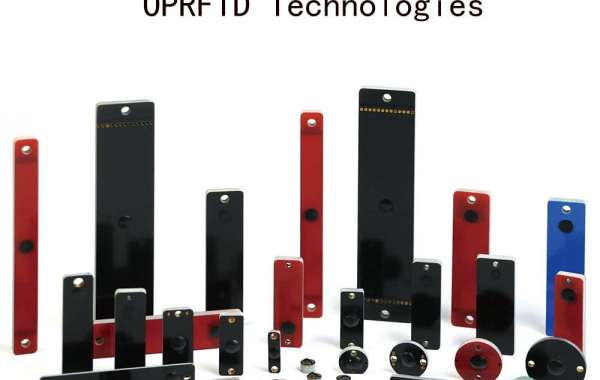RFID can record the location of goods displayed in the store, which can be combined with sales data to obtain the best sales of which displays and areas in the store. Of course, different areas of the store may affect the sales of different goods. Combined with reference inventory type, storage type and display area, RFID technology can provide the best possible solution.
Fast and accurate settlement
One of the most popular examples of RFID is that it can pay faster than before. With RFID, the cashier can even check out with the help of the system without taking goods out of the customer's shopping cart. Skip the manual scanning process and fundamentally change the waiting time, especially during peak hours. In addition, the performance of RFID in the settlement process greatly reduces the cash reconciliation error of the cashier.
Can help reduce theft
Many businesses will embed the RFID tag into the equipment, some will embed another separate tag, and even embed the RFID into the product itself.
In addition, the RFID tag on the security tag has two functions: first, even if the customer beeps when passing through the inspection door, the clerk is rarely able to do anything, or the store does not have enough people to stay at the specific entrance. With RFID, it is much more convenient. The clerk will even know where the goods are - as long as they are within the range of the reader, the system will know whether the goods have been taken to an impermissible place. Second, RFID system help prevent internal. Many employees hide oneortwo items in some parts of the store and can go home after work. RFID will greatly prevent this phenomenon.
Distinguish the authenticity of commodities
Conventional product manufacturers can embed RFID tags in hidden places, and dealers can identify the authenticity by scanning the tags, but the problem is:
RFID tags themselves are quite cheap, about 10 cents ($70). The question is how to add to the product. The most cost-effective method is to embed it in the production process. If it is clothes, you can consider sewing labels on the clothes, or you can sew labels on the clothes.
Many retailers can force suppliers to embed RFID tags in their products through purchasing power, which may be relatively simple for companies with their own brands, such as decathlon sports and Zara. However, for most reselling brand dealers, it is not easy to persuade big brands to add RFID tags to their products, especially those brands that do not use RFID systems.
However, readers are much more expensive than RFID tags. According to its sensitivity, the price range is about 500-2000 USD / piece. The higher the sensitivity, the higher the price. Fixed devices are more expensive than handheld devices.
In order to more accurately locate the floor of goods, the reader is very important. Commodities can also be triangulated through the combination of readers.
Many large retailers use handheld readers to reduce costs. They can also add RFID to the bottom of the barcode through additional devices, so as to realize the RFID of goods.
Because the tag is magnetic, it is more efficient than ordinary visual scanning system, so the tag and reader do not need messy communication lines. Therefore, the direct advantage of RFID system is that retailers can reduce the time to obtain inventory data by 90%. In other words, RFID only takes 45 minutes to obtain inventory data, which takes three days.
RFID also greatly improves accuracy. The actual inventory error scanned manually is about 4%, resulting in the cycle count error of the whole sales year in the peak sales season exceeding 60%. In contrast, the RFID error is usually only 0.5%, which means that the inventory throughout the year will be more accurate.




